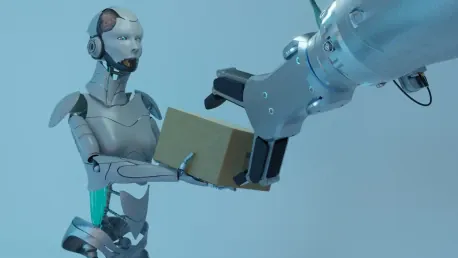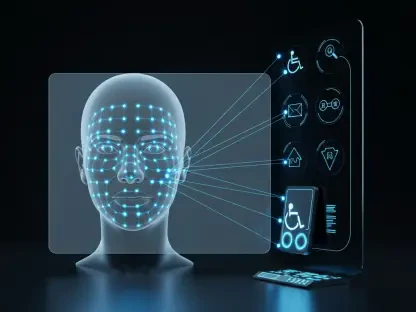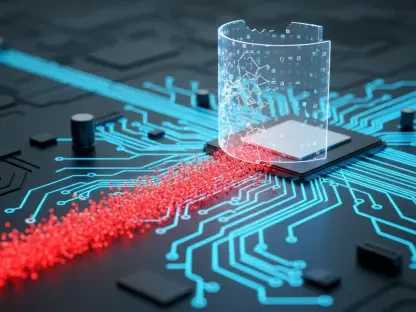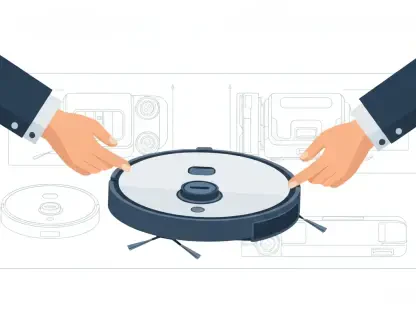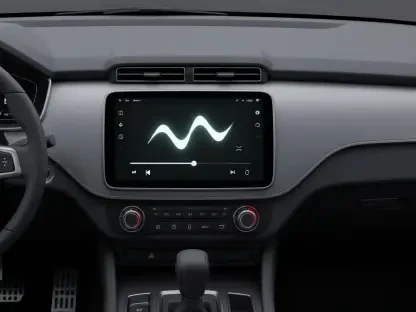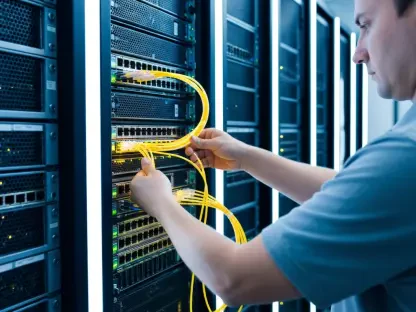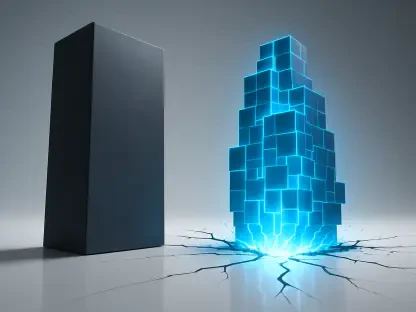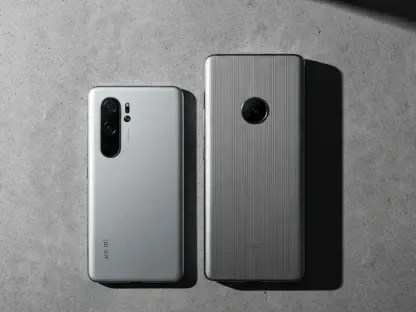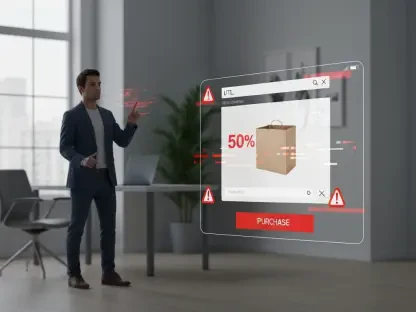In what feels like a leapfrog into the future, Elon Musk recently unveiled the Optimus Robot. Built to assist with a variety of tasks, these AI-powered assistants are the latest undertaking by the Tesla founder. At their unveiling event, Optimus bots were tasked with serving drinks and handing out gift bags, giving guests a glimpse of their functionality and uses.
While Musk is already imagining a not-so-distant future in which robots outnumber humans, many are still waiting for the official rollout of the product. There’s also rumored uncertainty around the authenticity of the Tesla robots’ demonstration, which calls into question just how far away we are from robot help-mates.
Here’s a quick look at robotics like we’ve not quite seen it before:
What is the Optimus Robot?
The Tesla Optimus robot is a humanoid in the truest sense – designed to replicate the functional anatomy of a human; this robot walks on two legs, and has hands and arms to better assist with manual tasks. According to Tesla, the pivot from cars to robots is simpler than most of us would imagine, as they consider the transition to be an easy switch from robots on four wheels, to robots on two legs.
The Optimus leverages Tesla’s AI code to help it understand its surroundings and gather its bearings.
Musk first announced his plans to develop a robot in 2021, and released the first prototype in 2022. By December of the following year, the Optimus Gen 2 was unveiled. Musk believes that Optimus bots are “a fundamental transformation for civilization”. He also believes that Optimus will be a game changer, contributing to a “future of abundance”, eradicating poverty and providing people with the products and services they desire.
We, Robot – Introducing Optimus to the Market
The Optimus robot made its debut to society at Tesla’s “We, Robot” event. The Optimus robots wowed the crowds by serving drinks, handing out gift bags, and interacting with the audience. Although, aspersions have since been cast on the authenticity of the demonstration – we’ll get back to this point.
With an estimated launch price between $20,000 and $30,000, Musk believes that the price will eventually drop over time; the main catalyst for the “era of abundance” he imagines.
The We, Robot event was not a launch but rather a teaser of what’s to come. The product is not yet in mass production but is expected to be available for internal use at Tesla in 2025 and sold to retailers in 2026. A firm timeline with an anticipated release date, however, has not been established.
What Can the Tesla Robot Do?
The Optimus robot still has a long way to go before Musk’s dream is fully realized. Currently, the robot has a somewhat limited range of motion – it’s able to walk forward, bend down in a squat position, and balance on one leg. With visual coding available, Optimus can sort objects according to color, and has enough dexterity to lift an object using one arm, as well as squeeze and lift an item.
Additionally, Optimus is capable of picking up, organizing, and adjusting handheld objects — such as setting a fallen toy block upright. Moreover, it can recognize the environments it encounters and identify the location of its limbs within its own field of view.
Demo Controversy
Remember earlier when we said we’d get back to Optimus’ impressive skills, which were shown at We, Robot? Right, here we are.
According to a Bloomberg report, all was not as it seemed, and the sophistication of the robots may have been an illusion, with the aim of attracting investors.
With 10 undisclosed sources verifying this information, Bloomberg reports that Optimus bots seen mingling with guests, playing charades, and performing bartender services were actually remotely controlled by humans.
In a counterargument, Tesla released a video addressing these claims and concerns. The new video explains that the Optimus is capable of walking around autonomously, and is seen performing the same tasks as it did at the We, Robot event. This includes handing out drinks, small bags, and interacting with individuals (in this case, intentionally snubbing a man who tries to give the bot a fist bump).
Others argue that in the released video (referenced above), Optimus isn’t performing at the same level as it did at We, Robot. For instance, instead of pouring drinks, it was only handing them out, and rather than engaging with a crowd, in this video, it was focused on a one-on-one interaction. This led many to believe that while the robot is capable of a limited number of autonomous actions in a controlled environment, it may not be ready to perform in an organic gathering with dim lighting, loud noise, and many people.
What Optimus Represents in the Evolution of Autonomy
We, Robot reignited the conversation around autonomy and the important milestone it represents in robotic development. Evidently, we need to be more discerning about marketing efforts versus true development, and the evaluation process requires serious review.
Achieving autonomous activity is enormously complex; the robot would need to gather information, make a decision based on all the available facts, and then act on it. There are a few Tesla competitors that have had success in this regard. 1X Technologies, a company that manufactures humanoid robots, released a video showcasing its NEO Home Humanoid completing various tasks autonomously. Another competitor, Figure, did the same within a factory.
As the competition to develop advanced, autonomous, humanoid robots heats up, industry experts and stakeholders will need to remain vigilant. Just because a video looks like a robot performing an autonomous task, doesn’t mean that it actually is. Tesla’s vague, and somewhat evasive response to accusations, drives home the point that unless a company has outright claimed that they’ve achieved autonomy in a robot, it cannot be assumed (even if it may seem implied).
Conclusion
The unveiling of Tesla’s Optimus robot marks a significant step forward in the evolution of humanoid robotics. While the journey from concept to mass production is still unfolding, Optimus showcases Tesla’s ambition to push the boundaries of what AI-powered machines can achieve.
Despite some skepticism surrounding its true level of autonomy, the robot’s ability to perform tasks like walking, balancing, and object manipulation highlights its potential across various industries. With Musk envisioning a future where robots outnumber humans and contribute to an “age of abundance”, the Optimus project promises transformative implications for labor and manufacturing. However, the road to widespread adoption will depend on further advancements in autonomy, functionality, and public trust. As Tesla continues to refine Optimus, the focus on transparency about capabilities versus marketing claims will be crucial in setting realistic expectations.
Whether or not the robot achieves its lofty goals, it undeniably signals the beginning of a new era in robotics, where human-like machines may soon become an integral part of everyday life. The Optimus journey, like many of Musk’s ventures, will be a fascinating one to watch as it navigates challenges, innovation, and public perception on its way to reshaping the future.
